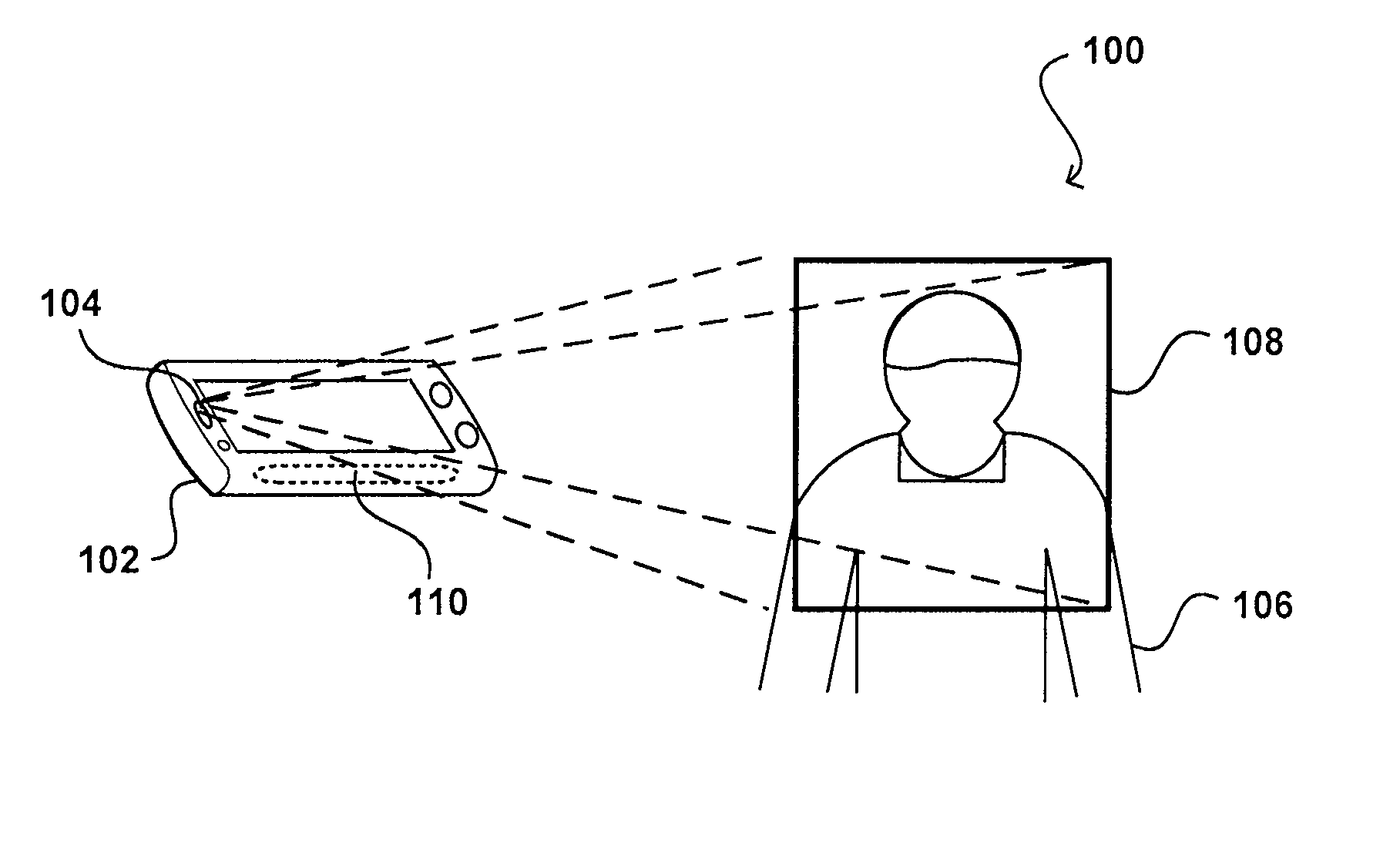
Why Certify Micro Entity Status at the USPTO
The main reason to certify Micro Entity for is that an applicant can get a 75% discount on the majority of U.S Patent Office fees. In contrast, a Small Entity applicant only receive a a 50% discount on fees.
How to Qualify as a Micro Entity
An Applicant (either an assignee or inventors) can qualify as a Micro Entity under 35 U.S.C. 123 if the Applicant and each inventor in the patent application qualifies as a Micro Entity based on either “Gross Income Basis” or “Association with U.S. Institution of Higher Education”. An Applicant must file a Certification of Micro Entity Status with the U.S. Patent Office. If the Applicant is a sole inventor, then the sole inventor must certify the above. If the Applicant is two or more joint inventors, then all of the inventors must certify the above. If the Applicant is an assignee, then the assignee must certify the above by having their patent attorney sign the certification form.
If a patent applicant qualifies as a Micro Entity under either basis, then they are entitled to the Micro Entity discount as long as they continue to qualify as a Micro Entity (the determination must be determined each time a government fee is paid).
- Option #1: Gross Income Basis
To certify Micro Entity Status based on the Gross Income Basis, the following criteria must be met:
1. Applicant is a Small Entity. The Applicant qualifies as a Small Entity (e.g. individual, non-profit or business with 500 or less employees – see Small Entity Definition).
2. Four Application Limit. Neither the Applicant nor any Inventor has been named as an inventor in more than four previously filed U.S. patent applications (does not include U.S. provisional applications, foreign applications, PCT international applications, or applications assigned or subject to an obligation to assign to a previous employer);
3. Gross Income Limit. Neither the Applicant nor any Inventor has a gross income exceeding $160,971 (see USPTO’s Current Micro Entity Status Gross Income Limit for the current gross income limit) the preceding year (do not include any income attributable to a spouse if you file a joint tax return); and
4. Third-Party in Interest Income Limit. Neither the Applicant nor any Inventor has assigned, granted or conveyed, nor is under an obligation by contract or law to assign, grant, or convey, a license or other ownership interest in the application to an entity having a gross income exceeding $160,971.
- Option #2: Association with U.S. Institution of Higher Education
To certify Micro Entity Status based on an Association with a U.S. Institution of Higher Education (USIHE), the criteria must be met:
1. Applicant is a Small Entity. The Applicant qualifies as a Small Entity (e.g. individual, non-profit or business with 500 or less employees – see Small Entity Definition).
2. Association with USIHE. The Applicant either (a) is employed by a USIHE from which the Applicant obtains a majority of Applicant’s income, or (b) has assigned, granted, conveyed or is under an obligation by contractor or law, to assign, grant or conveyor, a license or other ownership interest in the application to a USIHE.
False Certification
A false certification of Micro Entity status sand can result in the complete invalidity of a patent and loss of patent rights. Hence, if there are any questions or concerns about whether you qualify for Micro Entity status, it is recommended that you not claim Micro Entity status.